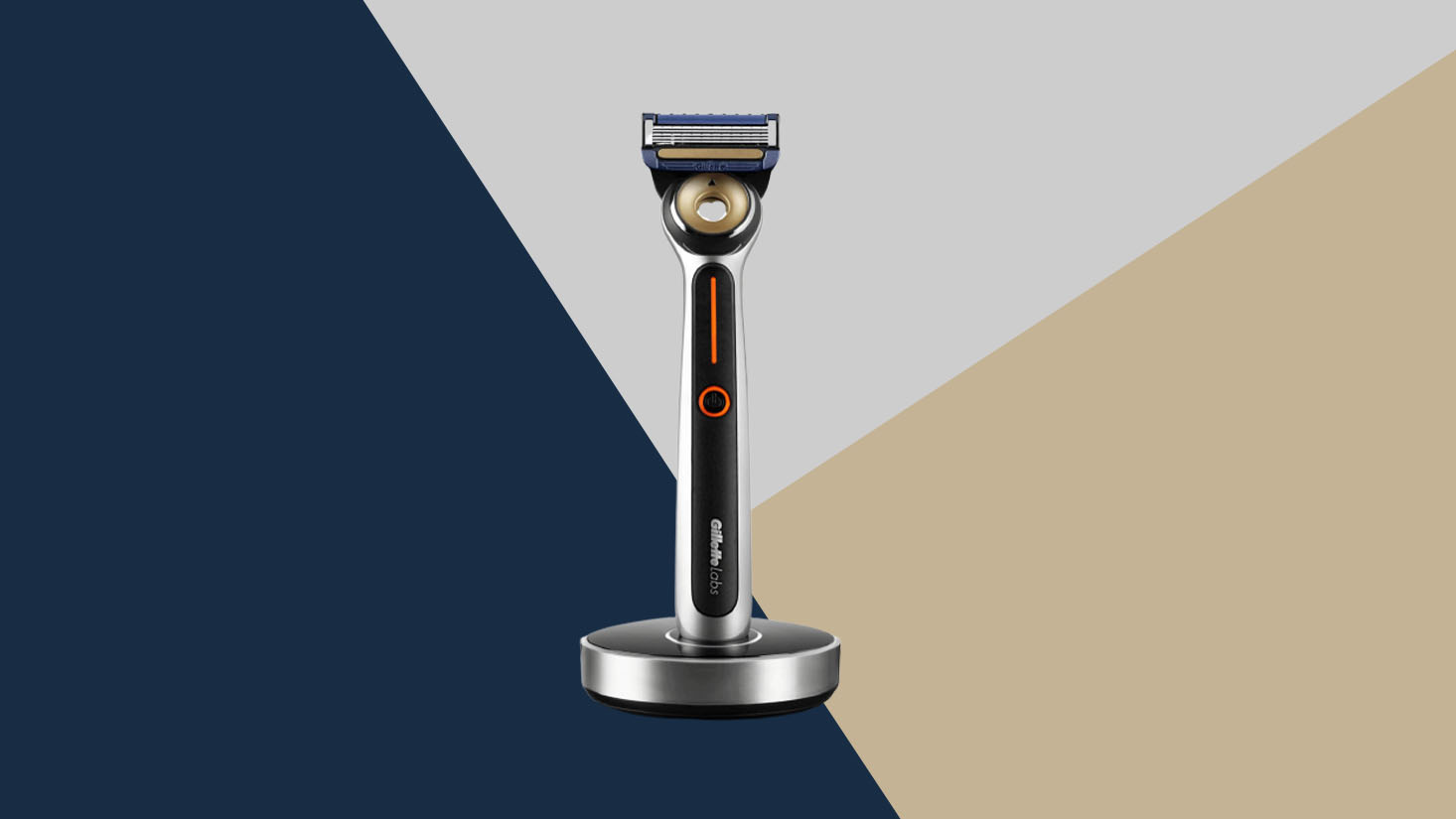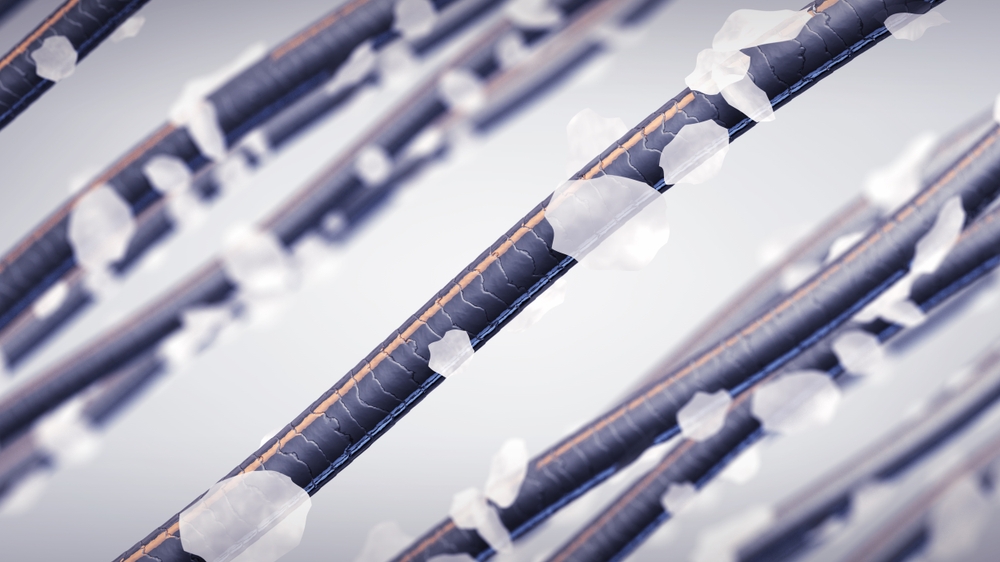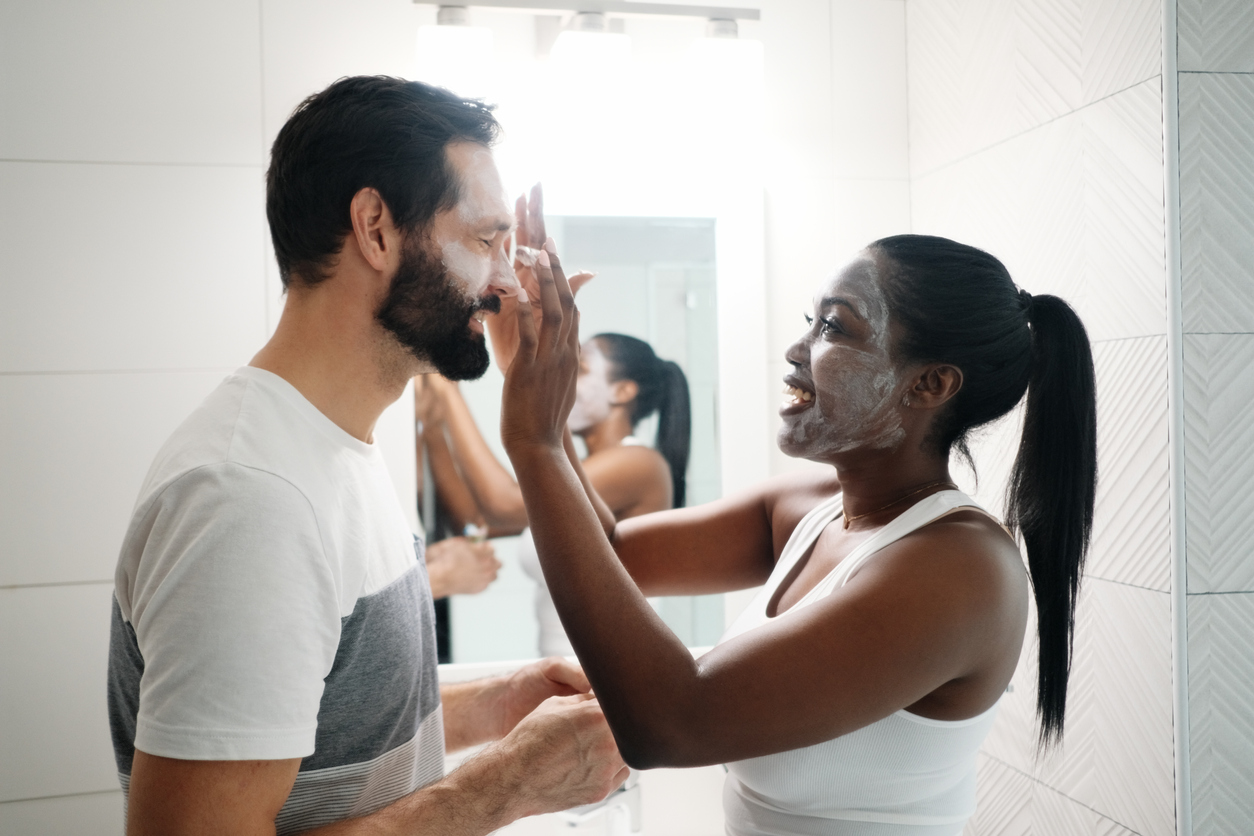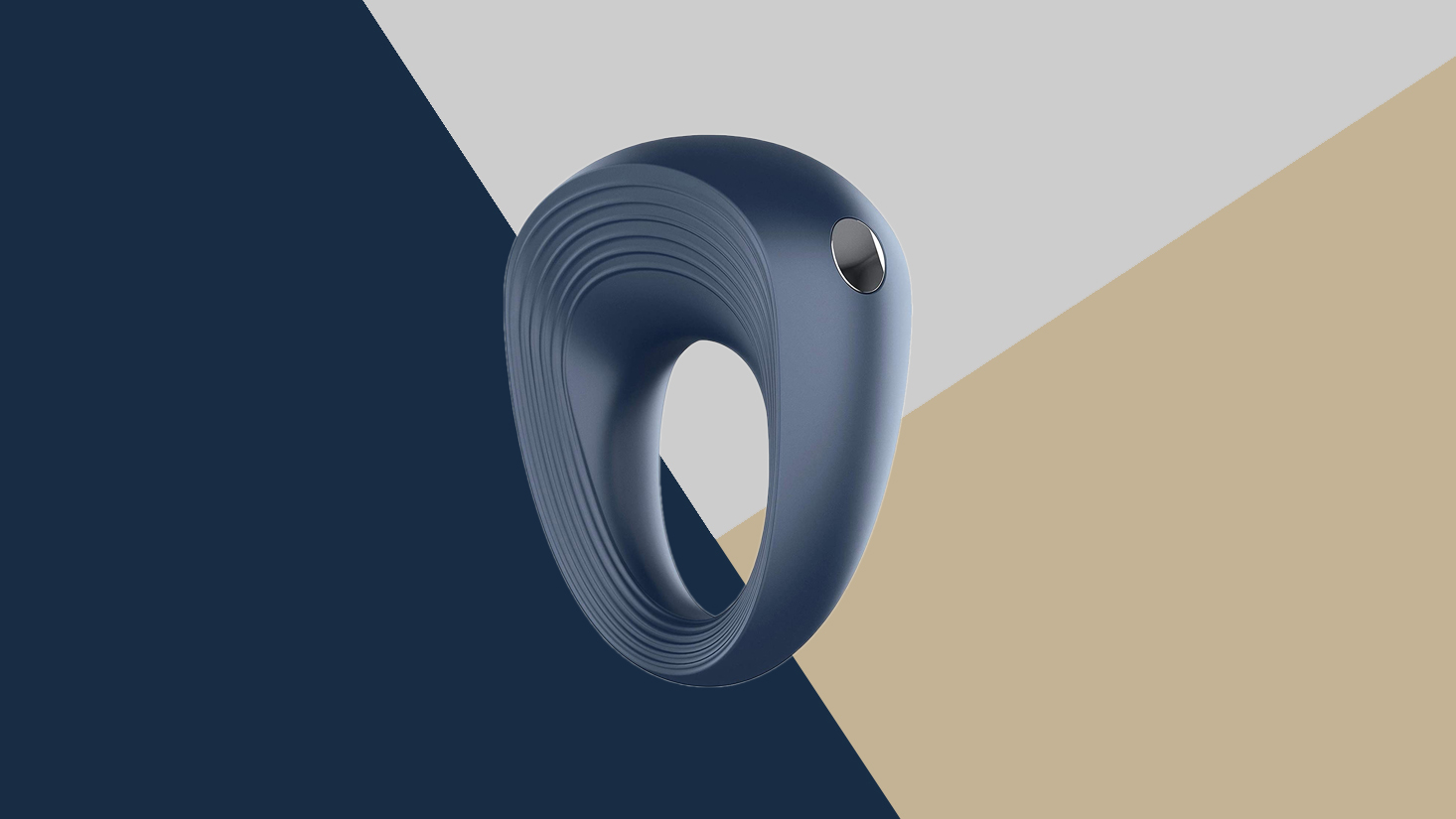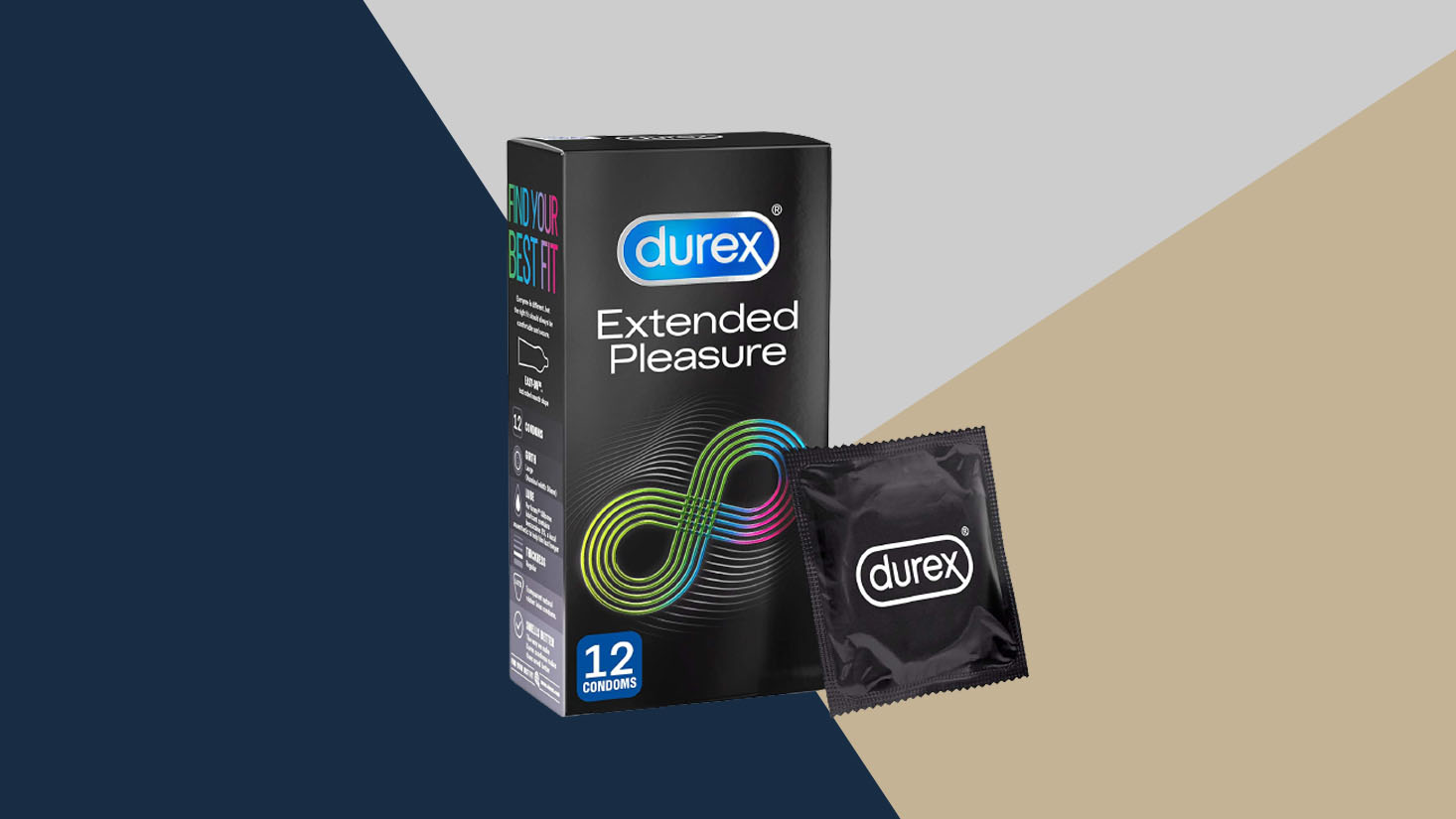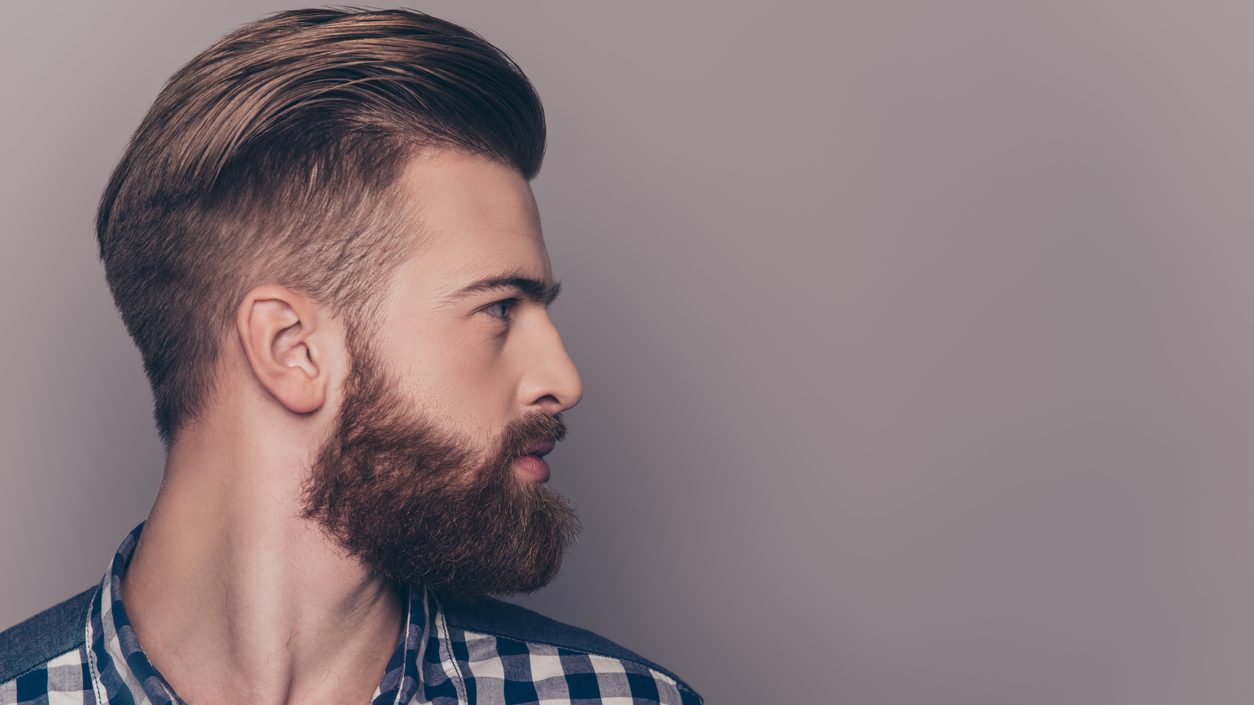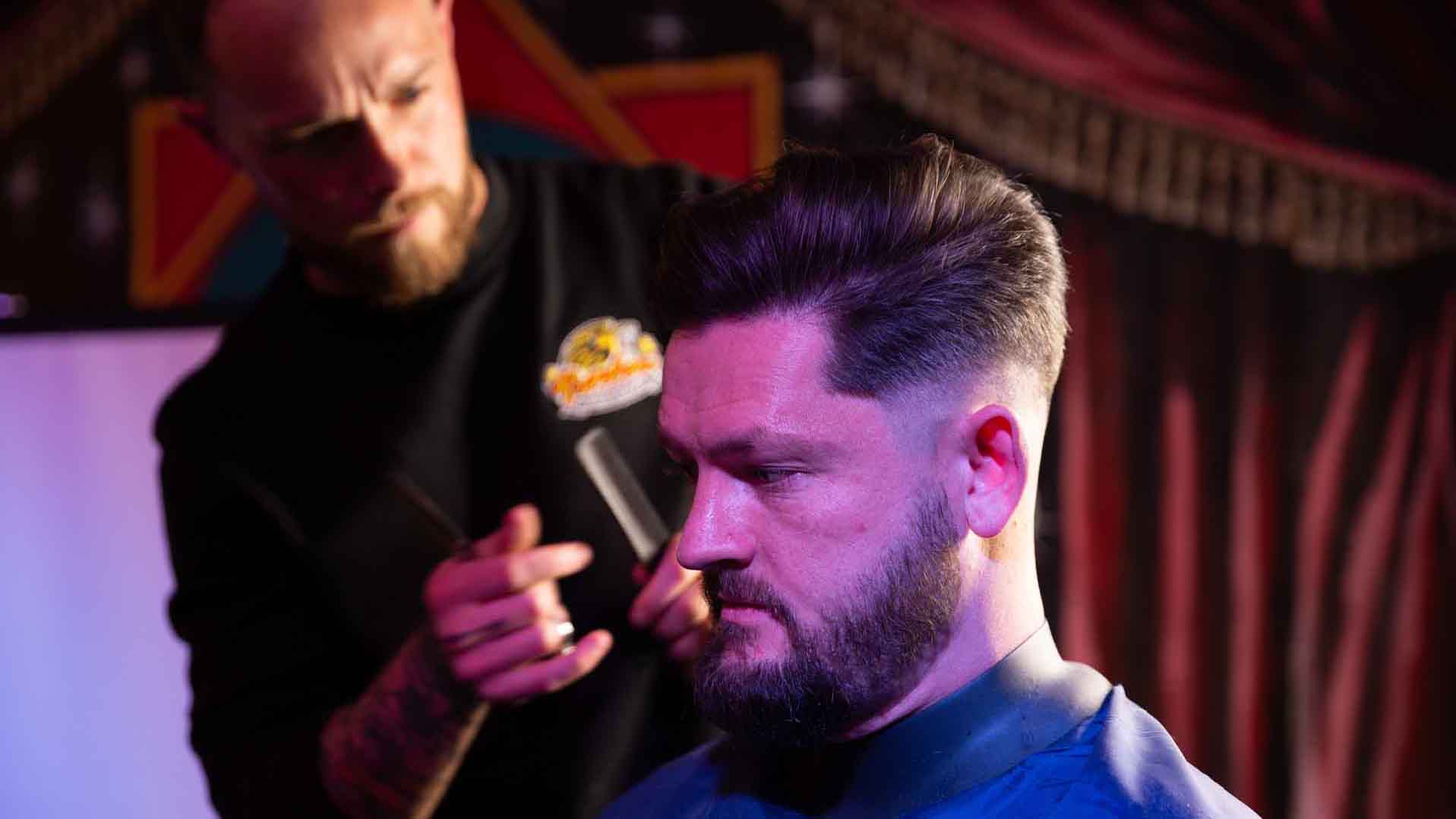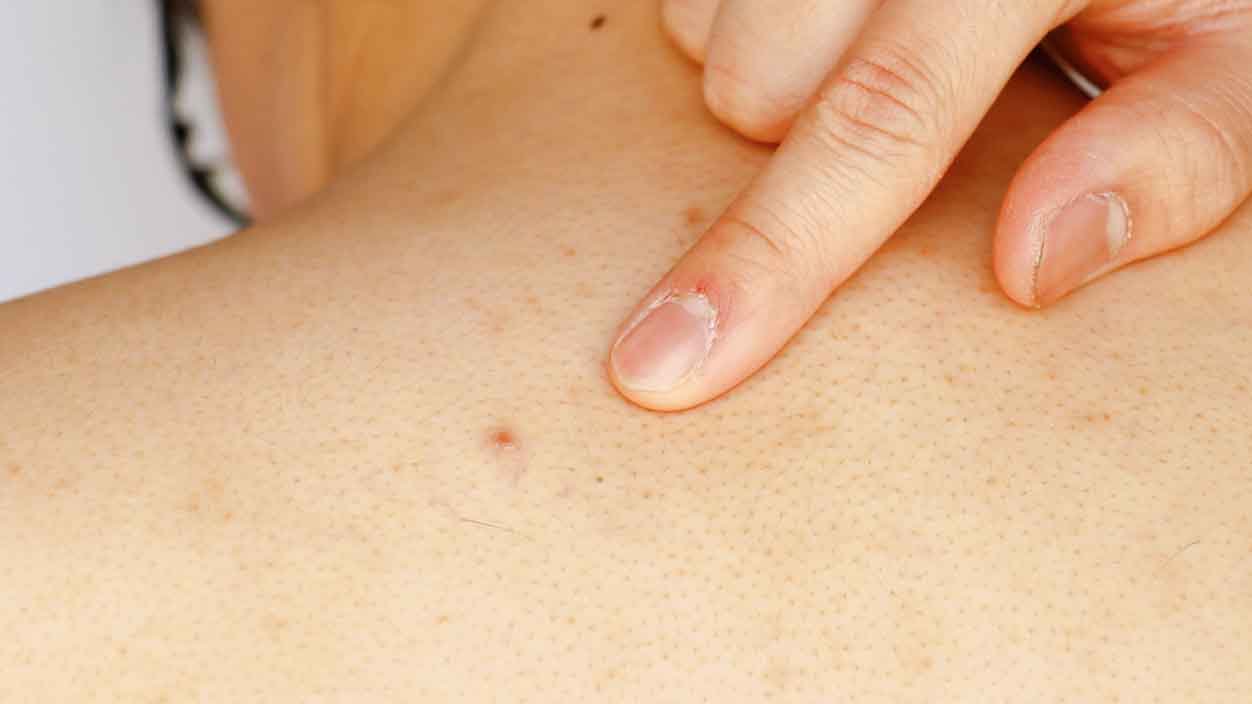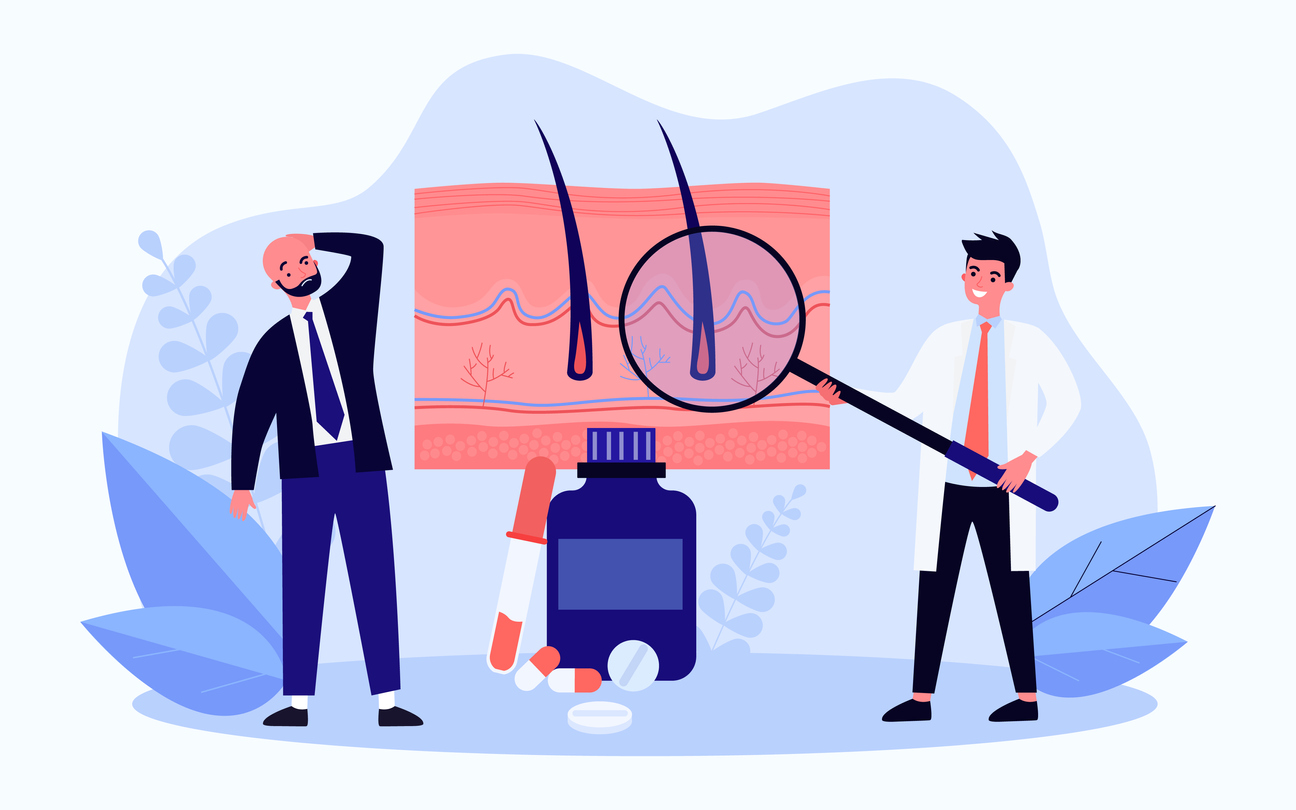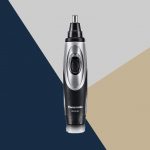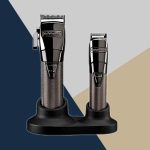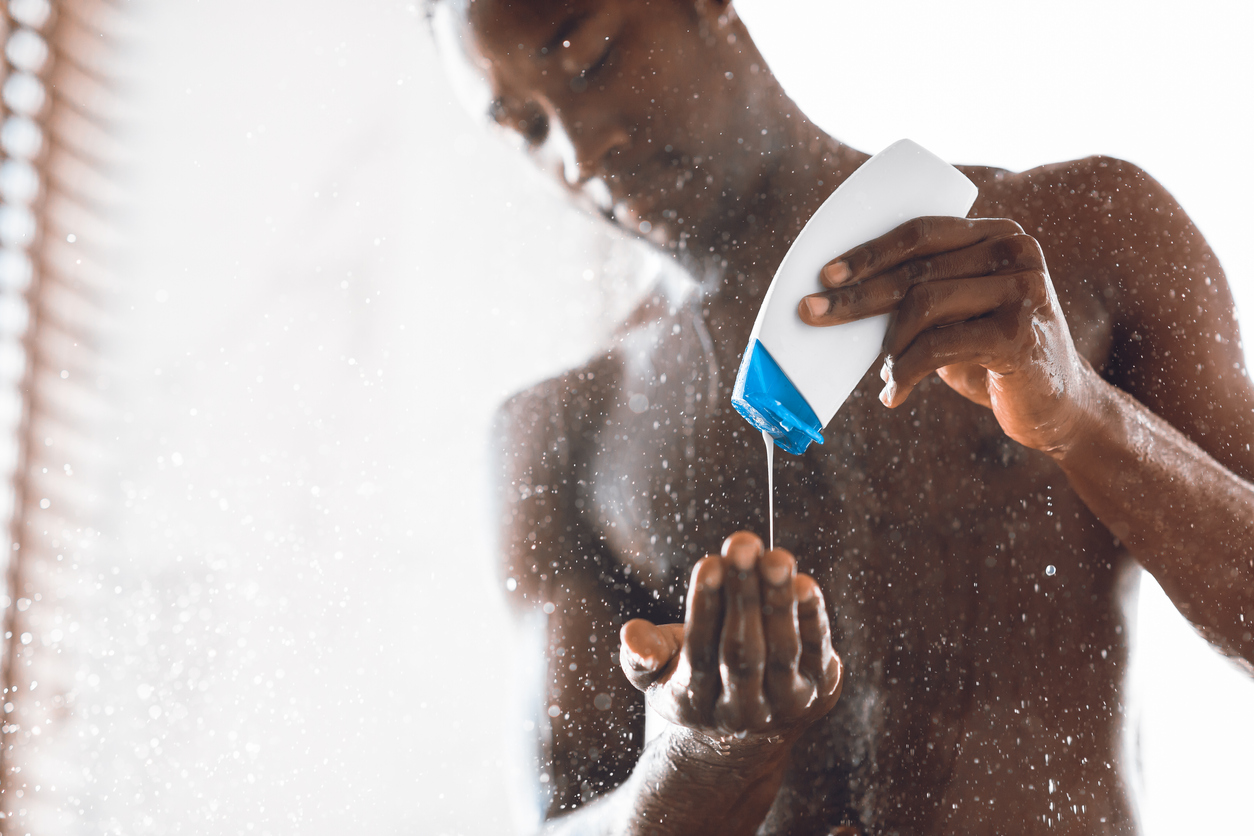
What does shampoo and conditioner actually do to your hair?
Find out what shampoo and conditioner actually do to your hair, and what ingredients you need to look out for – and avoid!
W e all use shampoo, and many of us use conditioner too, but have you ever stopped to wonder exactly what they do to your hair or why they’re even needed?
The basic principle of shampoo and conditioner is cleaning and softening. Shampoo is a detergent, and, like any soap, it strips your hair of oils. This can often have a drying, damaging effect, and conditioner is there to reduce the damage, keeping hair moist.
Below, we’ve explained the science of what makes hair dry or greasy and how shampoo and conditioners work to leave your hair feeling thick and soft. And if you want buying advice, we’ve handpicked what we consider to be the best hair care products in our best shampoo roundup.
FURTHER READING: Best shampoo for men: The best men’s shampoo for thinning hair, dandruff, hair loss and more
The science of hair
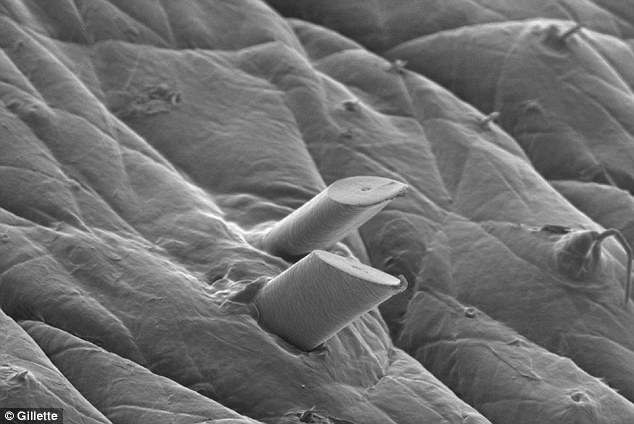 Gillette
Gillette Hair has three main components – protein, mainly a kind called keratin, along with natural oils that keep hair flexible, and water.
All skin produces a greasy, oily substance called sebum; a pale yellow combination of lipids which is a general name for compounds including fats, oils, waxes, and vitamins. Most species of animals produce sebum, but human sebum contains squalene, something you may have heard mentioned in skincare, and wax esters, which are unique to us.
Different people produce sebum at different rates. Greater production of sebum is linked to acne, but as it is produced all over the body it also affects hair by coating it and making it look shiny. Too little and your hair lacks shine, too much and it looks greasy.
When you bleach your hair, as in you treat it with hydrogen peroxide and ammonia, the bleach breaks down the fatty acids in order to destroy the pigments by basically dissolving them. This is why bleached hair needs more conditioning than non-bleached hair.
One small mercy is that this opening of the cuticles causes your hair to swell, which can have the effect of making bleached hair look thicker but this does mean it hides the damage. Conditioning masks, heat treatments and even pre-shampoo treatments are available for people with bleached hair and we swear by Aveda’s Damage Remedy Intensive Restructuring Treatment.
How do shampoo and conditioners actually work?
Like most oils or fats, sebum is what’s known as hydrophobic, which means it repels water and makes your hair waterproof. To get rid of excess sebum, just like washing a greasy pan, you can’t use just water, you need soap. This is where shampoo comes in.
Detergents are a surfactant, meaning they decrease the surface tension of water and make it more able to bond with oils and fats. This is how all soap, washing up liquid and laundry detergents work, and shampoo is no different. The difference is that shampoo often contains many more ingredients aimed at reducing the damage done to your hair.
If you washed your hair with just soap, it would become clean but most likely it would also be brittle and dry. So shampoos often contain conditioning agents, to plump and thicken your hair.
Conditioners contain silicones, to detangle, smooth hair cuticles and create a shine. This also helps to reduce splitting the ends of the hair because it makes it easier to brush through.
Brushing hair with too much force, especially while wet, can cause a lot of damage. The same goes for shampooing and towel drying, which can both also cause damage if done too vigorously. Elsewhere, conditioners contain fatty alcohols which help to prevent static or frizzy hair.
In the summer, during warmer weather, your scalp will produce higher levels of sebum, making it appear greasier and sometimes frizzier, too. The effect of this is, no matter how smooth you dry your hair, it causes frizzing.
There are many products on the market that contain anti-humectants and smoothing polymers, like shea butter, coconut oil, avocado oil and olive oil, to help keep the frizz at bay.
What is sodium lauryl sulphate and is it as bad as people say?
Sodium lauryl sulphate or SLS is a chemical found in many soaps and shampoos – it’s quite common in cheaper brands – as well as shower gels and toothpaste and has been in use since the 1930s. Because it’s a so-called surfactant, SLS traps oil-based dirt which then helps for this dirt to be rinsed away in the shower and bath. It’s also what gives shampoos and shower gels their rich lather because it’s a foaming agent, meaning it turns liquids into foam.
It’s been approved by experts and regulators as safe to use – it wouldn’t be allowed as an ingredient in many countries if it hadn’t been – but research has found that it can be particularly drying.
For most people, this won’t be a problem but skin conditions like eczema, dermatitis or psoriasis are known to have been adversely affected by SLS, as have people with dry, processed or natural hair which tends to create less sebum.
What’s more, the production of SLS often involves the use of palm oil, which means razing tropical forests, displacing communities and destroying wildlife to make way for the palm tree plantations. You can read more about sodium lauryl sulfate and the concerns around SLS in our What is sodium lauryl sulfate? article.
Our favourite sulfate-free shampoo is Pureology’s Fullfyl Colour Care Shampoo, which despite its name is great for coloured and non-coloured hair. Our favourite sulfate-free conditioner is OGX’s super cheap, gorgeous-smelling Nourishing and Coconut Milk Conditioner.
MORE LIKE THIS






